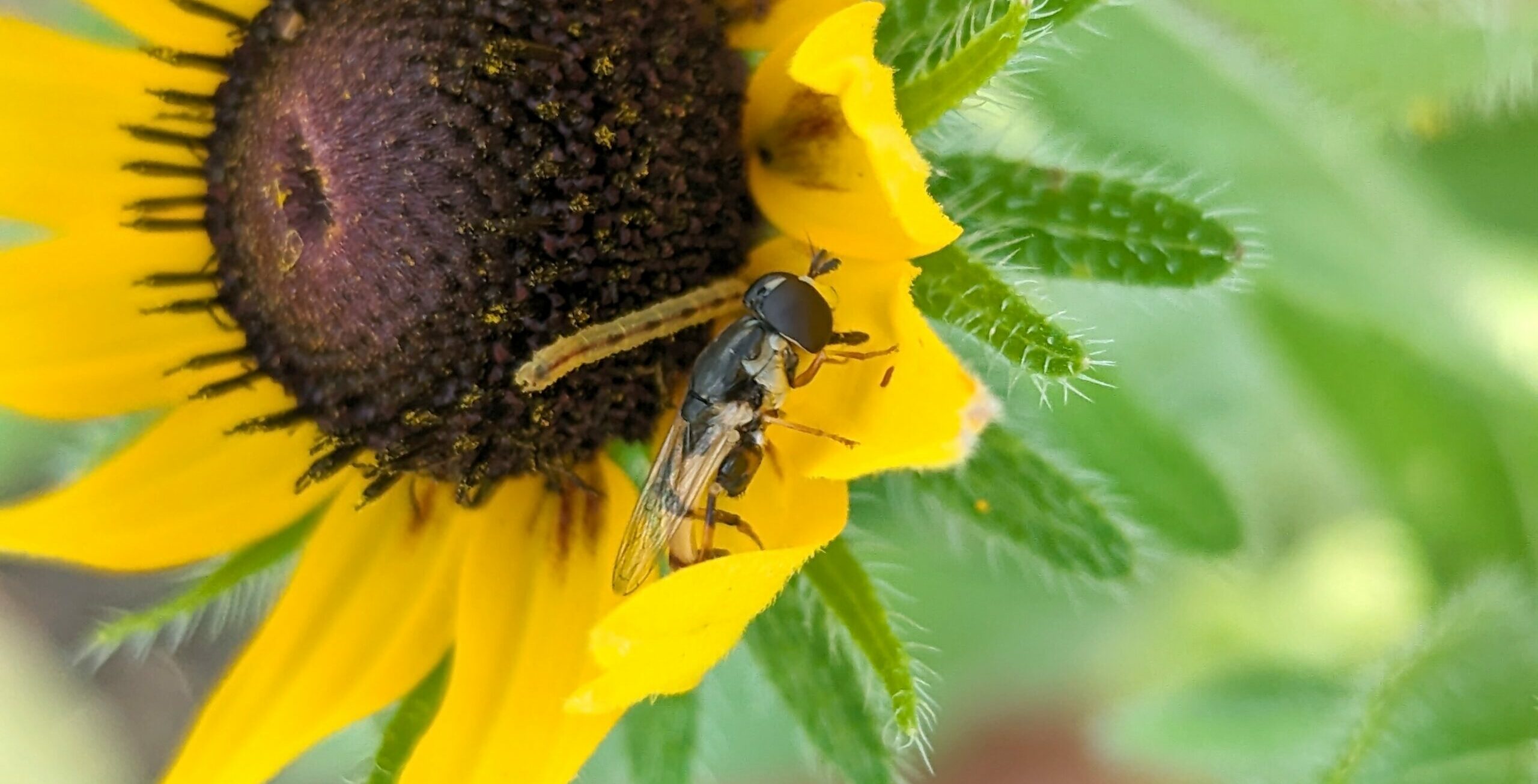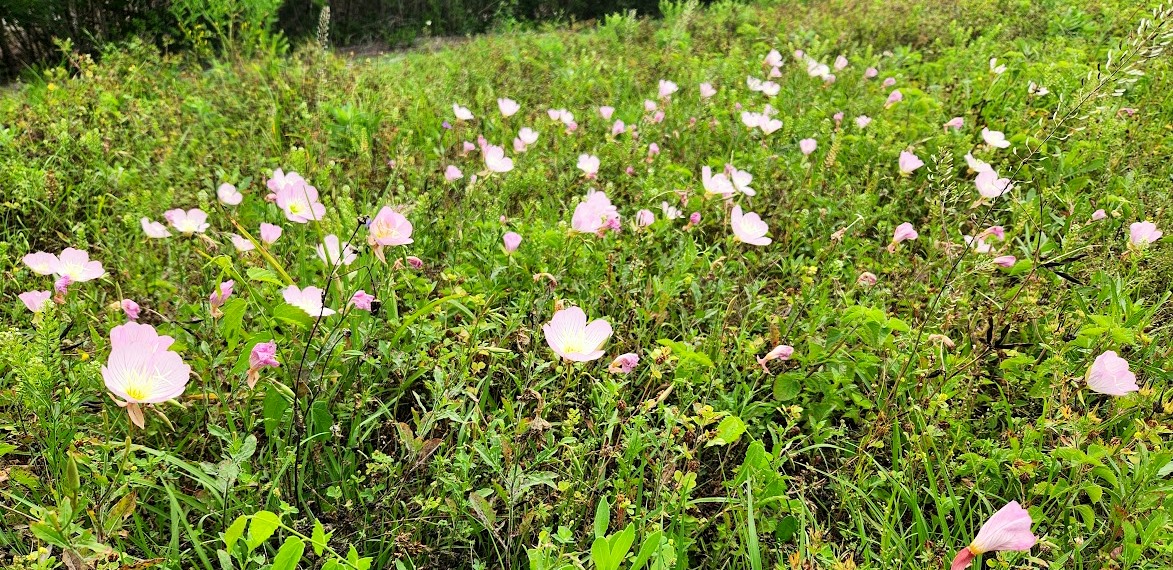Joseph Colbert CWB®, Wildlife Biologist & Yank Moore, Director of Conservation
As spring moves into summer, plant growth is in full swing and sun-loving flowers are in bloom. The causeway pollinator plantings are no exception. Careful planning of species selection by Jekyll Island Authority’s (JIA) conservation staff gives an array of color combinations that will continue to change, flourish, and bloom. Throughout the year, these beauties provide a fresh and unique color palette for every season along with different flower shapes, heights, and sizes.
Spring has enjoyed a great production of spiderworts, phlox, primroses, and blanket flowers which provide an appealing medley of rich blue, white, red, and pink flowers. Moving into warmer months, plains coreopsis, black and brown-eyed susans, and a second flush of blanket flowers will yield various shapes and sizes of yellow and orange.
Visitors and residents have expressed positive feedback and gratitude for the attractive and colorful native plants that grow and bloom along the causeway. Of course, no one is more grateful than the bees, beetles, butterflies, and a variety of other pollinators who gather nectar, pollen, and other critical resources for their survival. These seemingly insignificant ‘bugs’ play a critical role in plant life survival along with helping to provide summer favorites such as berries, summer vegetables, and melons. JIA’s conservation staff is pleased to help nurture such a valuable resource that appeals both to people and the diverse wildlife that call Jekyll Island home.
This project supports JIA’s mission of responsible preservation, maintenance, and care of wildlife diversity. We are grateful to the generous donors of the Jekyll Island Foundation for helping to make this possible.
To give to conservation projects that help restore habitats and contribute to the ecological enhancement of wildlife diversity on Jekyll Island, click HERE.

